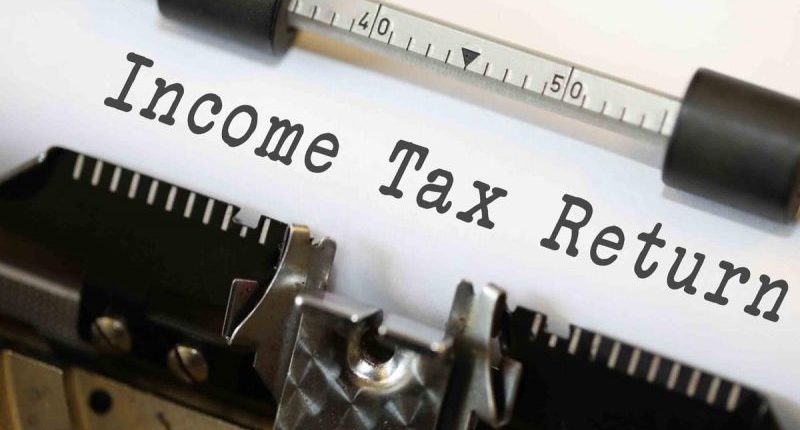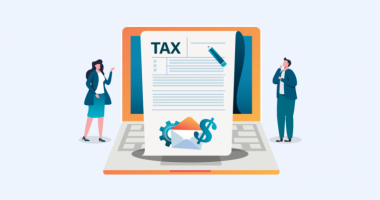The income tax department has detected approximately 68,000 cases where income was underreported in ITR for the FY 2019-20, compared to the transactions appearing in Annual Information Statement (AIS). Therefore, the department has initiated e-verification for these cases. The e-verification scheme was introduced to notify taxpayers about discrepancies between their financial transactions recorded in the Annual Information Statement (AIS) and their tax returns. 35,000,i.e. Nearly 50% of these cases have already been resolved satisfactorily, either by taxpayers filing updated tax returns or responding to the notice. However, in the remaining 33,000 cases, the department has not yet received a response. Taxpayers have until March 31, 2023, to file updated tax returns and explain the discrepancies. The e-verification system encourages voluntary compliance and can help reduce litigation. Taxpayers are allowed 15 days to respond when notified electronically about their e-verification case, and the Central Board of Direct Taxes (CBDT) aims to complete each case within 90 days. The scheme was introduced on December 13, 2021, with the pilot program launched in September 2022. Taxpayers should regularly check their AIS and report any discrepancies to the income tax department. On February 4, 2023, the Income Tax Department released an FAQ document on the e-Verification Scheme to provide general guidance.
If you notice any mistakes in your AIS, you can give online feedback to the Income Tax Department. To rectify mistakes in the Annual Information Statement (AIS), follow these steps:
- Log in to your account on the e-filing portal
- Navigate to the ‘Services’ tab and select ‘Annual Information Statement (AIS)’.
- You will be redirected to AIS Dashboard. Click on ‘Annual Information Statement (AIS)’ under the ‘AIS’ tab.
- You will see two parts to AIS information: Part A and Part B. You can give feedback on the information in Part B- TDS/TCS Information, SFT Information or Other information
- Expand the information category and under feedback column, click on ‘Optional’ button for the relevant information for which feedback needs to be given
- Select the appropriate ‘feedback type’ from the options provided.
- Information is correct
- Income is not taxable
- Information is not fully correct
- Information relates to other PAN/year
- Information is duplicated/included in other information.
- Information is denied
Once done, click on ‘Submit’.
What happens after you raise objection to any transaction reported in AIS?
Within the next 3-4 months, the Income Tax Department will commence contacting the Source/Reporting Entity responsible for reporting the transaction to verify the accuracy of the data.
As per the e-verification FAQs, once this process is rolled out there can be two scenarios:
- If the Source/Reporting Entity acknowledges that there is an error, the data will be rectified through an automated IT process once the corrected statement is submitted by the Source/Reporting Entity.
- If the Source/Reporting Entity does not accept the objection and stands by the data, additional clarification or proof will be requested from you under the e-Verification Scheme, which is further elaborated in the subsequent questions.
For any clarifications/feedback on the topic, please contact the writer at ektha.surana@clear.in

Pursuing CA alongside my passion for content writing. Here, I ship some interesting content your way on topics- tax, personal finance and the likes .
Find my peace and energy in exploring culinary arts, anything fitness, post-card worthy places, books, indie music and more.





